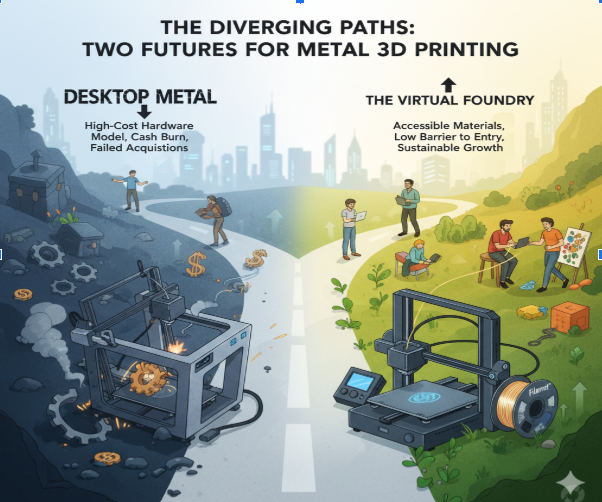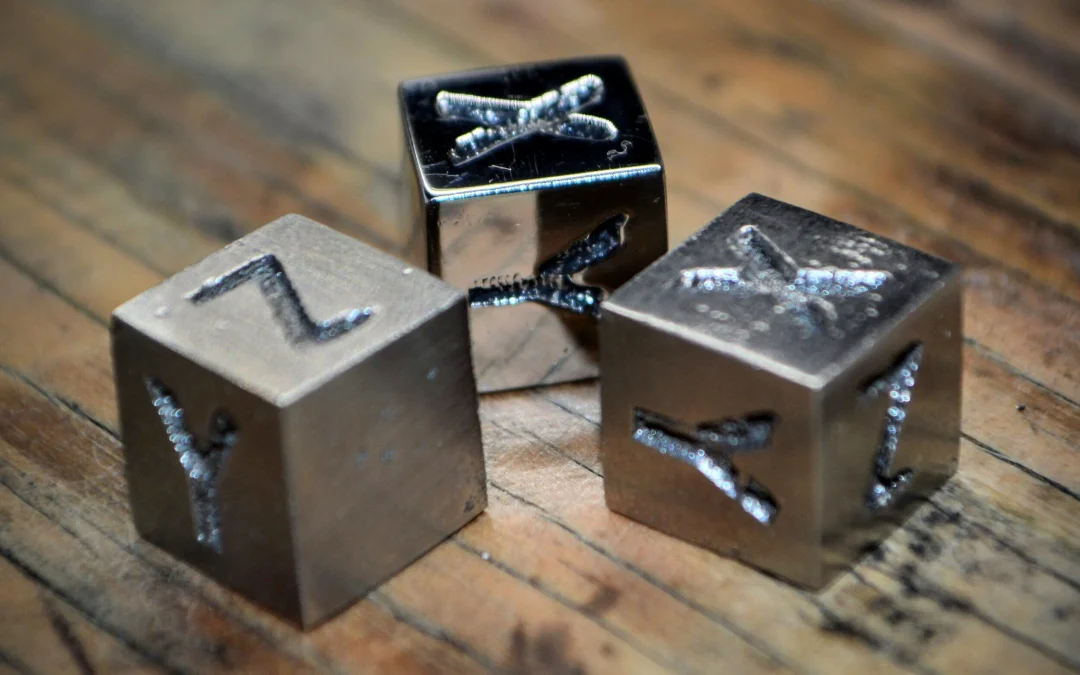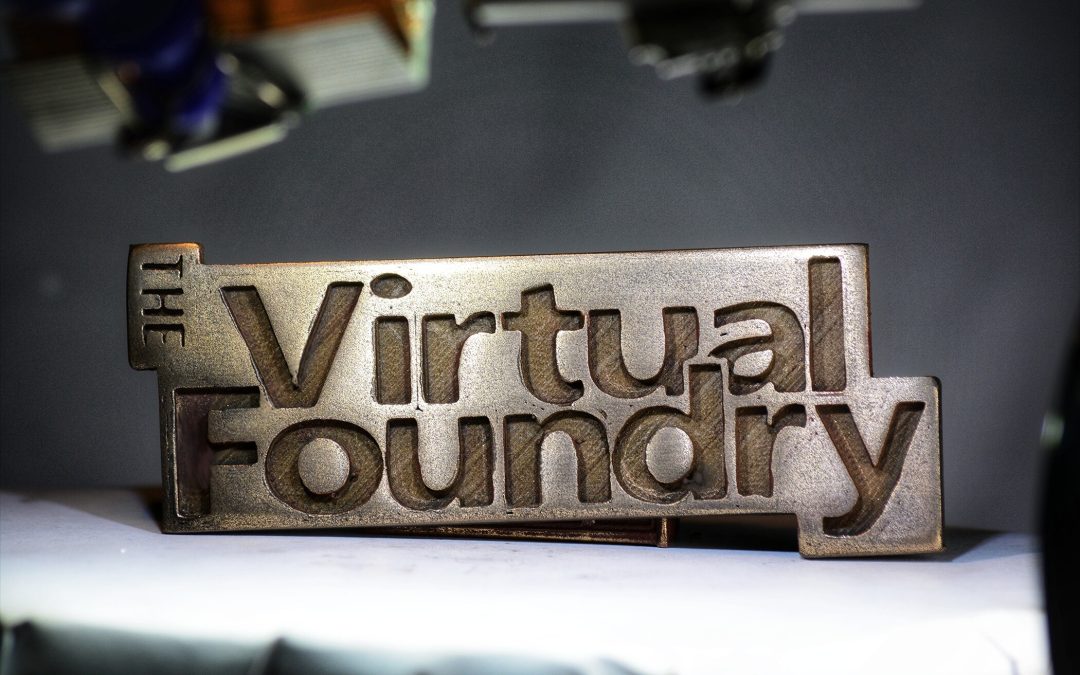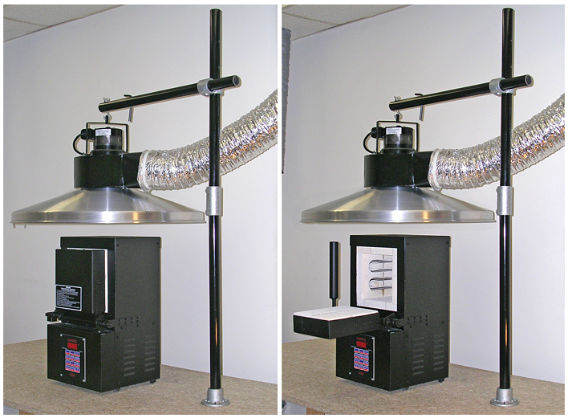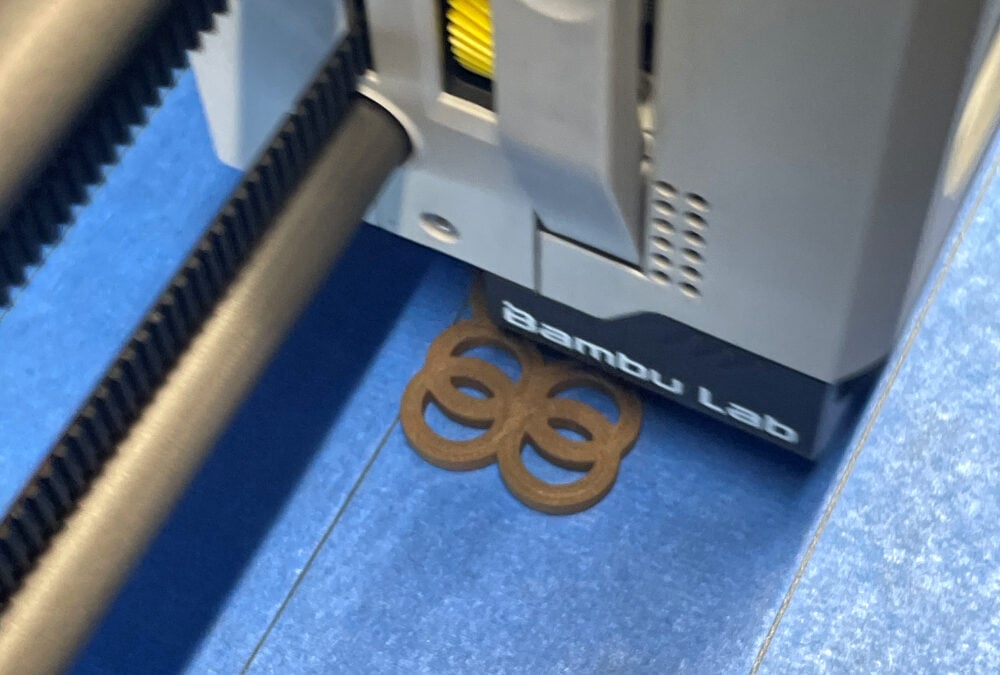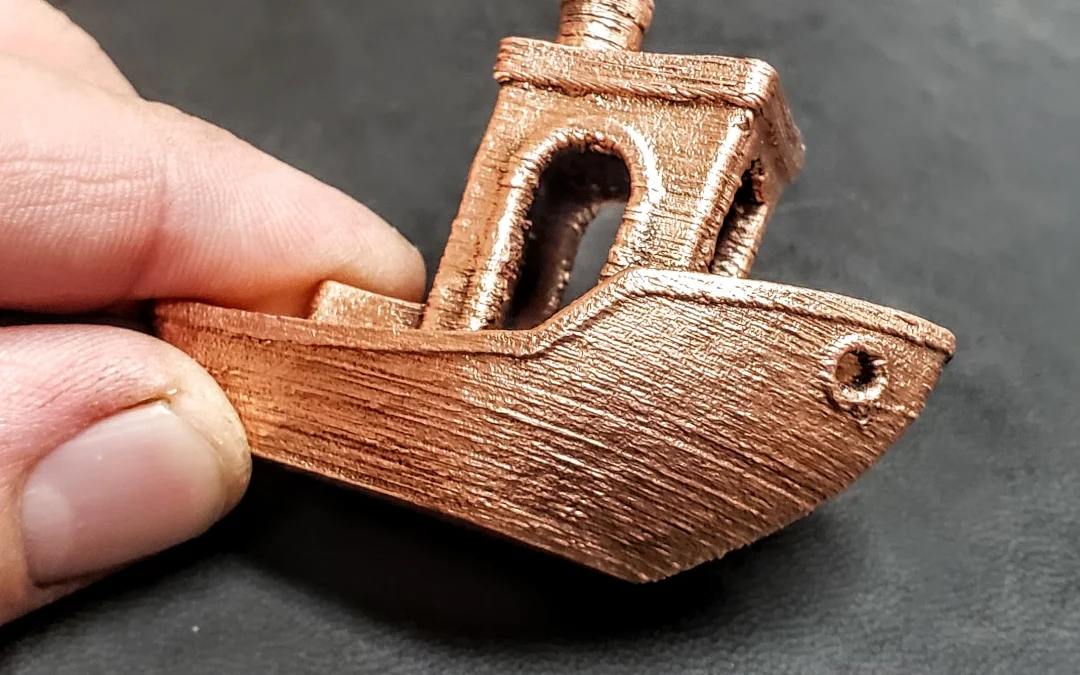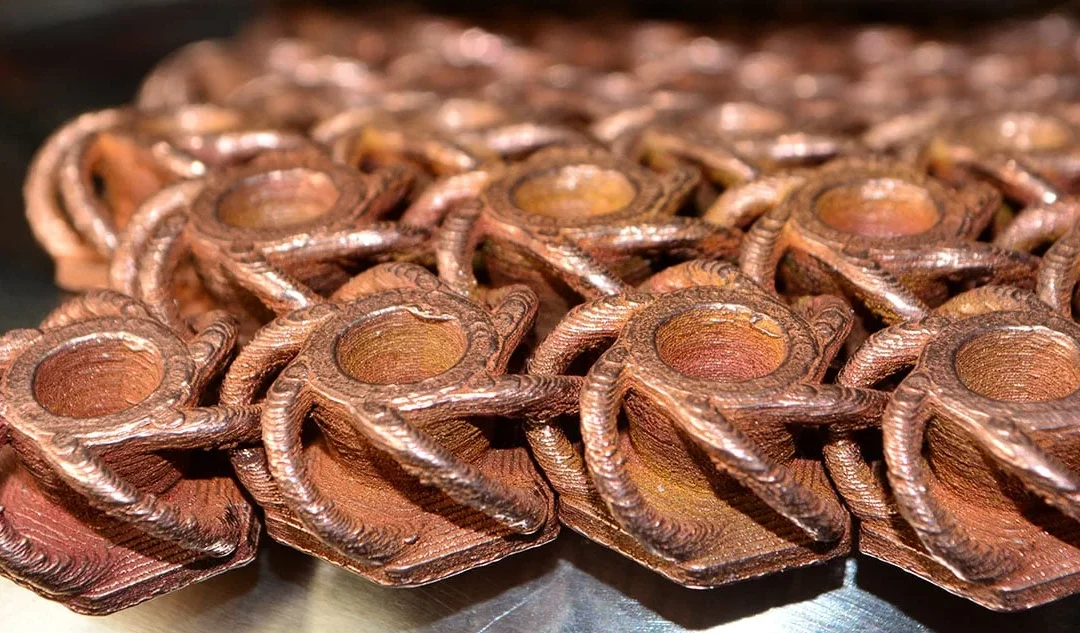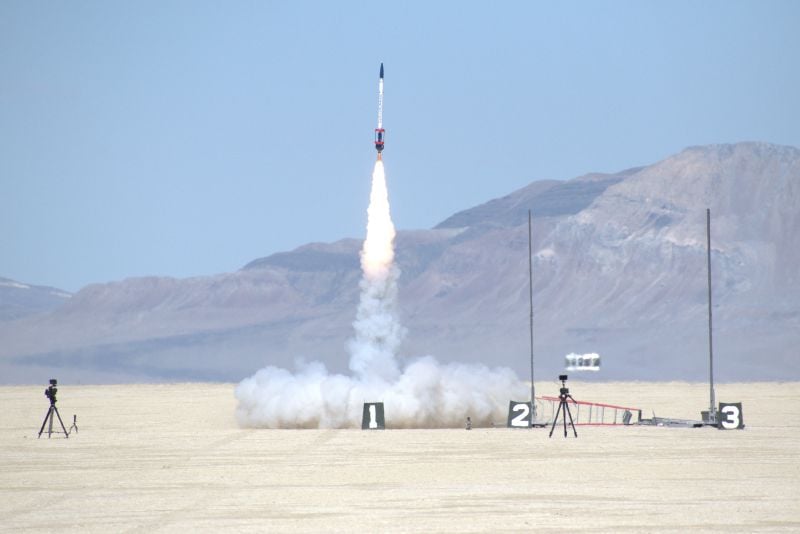Innovative Applications of Filamet™ in Various Industries
Filamet™ is revolutionizing the way various industries approach metal 3D printing by providing a versatile material that can be used in multiple applications. From aerospace to automotive, Filamet™ allows for the creation of complex geometries and lightweight structures that were previously unattainable with traditional manufacturing methods.
For instance, in the aerospace industry, Filamet™ is being utilized to produce lightweight components that enhance fuel efficiency. Similarly, automotive manufacturers are exploring its potential for rapid prototyping, enabling faster design iterations and reduced production costs. These innovative applications highlight the adaptability and effectiveness of Filamet™ across diverse sectors.
Tips for Successful Metal 3D Printing with Filamet™
Successful metal 3D printing with Filamet™ requires a thorough understanding of the material's properties and the printing process. Beginners should focus on optimizing their printer settings, such as temperature and speed, to achieve the best results. Additionally, proper bed adhesion and post-processing techniques are crucial for ensuring the quality of the final product.
For example, experimenting with different nozzle sizes can significantly impact the layer resolution and strength of the printed object. Furthermore, incorporating a thorough cleaning routine for the printer after each use can help maintain performance and prolong the lifespan of the equipment. These tips can empower users to maximize their success with Filamet™ in their 3D printing projects.
Community Engagement: Sharing Knowledge and Innovations
The Virtual Foundry fosters a vibrant community where enthusiasts and professionals can share their experiences, innovations, and tips related to metal 3D printing. Engaging with this community not only helps individuals learn from one another but also encourages the exchange of ideas that can drive advancements in the field.
Through online forums, social media groups, and local meetups, users can showcase their projects and receive feedback, which can lead to improvements and new techniques. This collaborative environment promotes a culture of learning and innovation, making it easier for newcomers to navigate the complexities of metal 3D printing with Filamet™.
Comparative Analysis: Filamet™ vs. Traditional Metal Printing Methods
When comparing Filamet™ to traditional metal printing methods, several key differences emerge that highlight the advantages of using Filamet™. Traditional methods, such as Selective Laser Melting (SLM) or Electron Beam Melting (EBM), often require expensive equipment and extensive post-processing, making them less accessible for small businesses and hobbyists.
In contrast, Filamet™ offers a more cost-effective solution that can be used with standard FFF 3D printers. This accessibility enables a broader range of users to experiment with metal printing, opening up opportunities for innovation and creativity in product design and development. By understanding these differences, users can make informed decisions about which method best suits their needs.
Innovative Applications of Filamet™ in Various Industries
Filamet™ is revolutionizing the way various industries approach metal 3D printing by providing a versatile material that can be used in multiple applications. From aerospace to automotive, Filamet™ allows for the creation of complex geometries and lightweight structures that were previously unattainable with traditional manufacturing methods.
For instance, in the aerospace industry, Filamet™ is being utilized to produce lightweight components that enhance fuel efficiency. Similarly, automotive manufacturers are exploring its potential for rapid prototyping, enabling faster design iterations and reduced production costs. These innovative applications highlight the adaptability and effectiveness of Filamet™ across diverse sectors.
Tips for Successful Metal 3D Printing with Filamet™
Successful metal 3D printing with Filamet™ requires a thorough understanding of the material's properties and the printing process. Beginners should focus on optimizing their printer settings, such as temperature and speed, to achieve the best results. Additionally, proper bed adhesion and post-processing techniques are crucial for ensuring the quality of the final product.
For example, experimenting with different nozzle sizes can significantly impact the layer resolution and strength of the printed object. Furthermore, incorporating a thorough cleaning routine for the printer after each use can help maintain performance and prolong the lifespan of the equipment. These tips can empower users to maximize their success with Filamet™ in their 3D printing projects.
Community Engagement: Sharing Knowledge and Innovations
The Virtual Foundry fosters a vibrant community where enthusiasts and professionals can share their experiences, innovations, and tips related to metal 3D printing. Engaging with this community not only helps individuals learn from one another but also encourages the exchange of ideas that can drive advancements in the field.
Through online forums, social media groups, and local meetups, users can showcase their projects and receive feedback, which can lead to improvements and new techniques. This collaborative environment promotes a culture of learning and innovation, making it easier for newcomers to navigate the complexities of metal 3D printing with Filamet™.
Comparative Analysis: Filamet™ vs. Traditional Metal Printing Methods
When comparing Filamet™ to traditional metal printing methods, several key differences emerge that highlight the advantages of using Filamet™. Traditional methods, such as Selective Laser Melting (SLM) or Electron Beam Melting (EBM), often require expensive equipment and extensive post-processing, making them less accessible for small businesses and hobbyists.
In contrast, Filamet™ offers a more cost-effective solution that can be used with standard FFF 3D printers. This accessibility enables a broader range of users to experiment with metal printing, opening up opportunities for innovation and creativity in product design and development. By understanding these differences, users can make informed decisions about which method best suits their needs.


